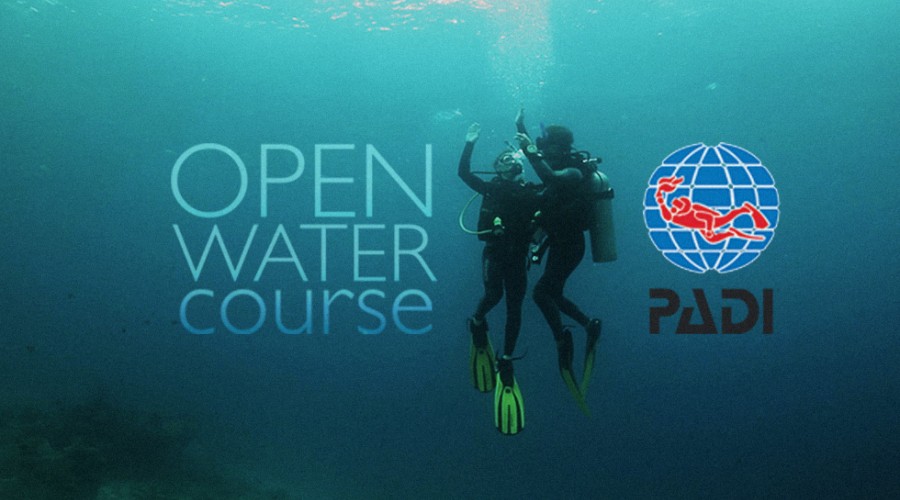
What you need to know about becoming an open water diver?
There are three sections of your open water training, knowledge development, confined water training and open water training. For most people considering learning how to dive, it's the in-water sessions that they have concerns about. But there is no need to worry, the progression is simple, the five knowledge session in the theory materials provide the background information to understand the need for the skills in the corresponding confined water sessions.
The skills learned in the five confined water dives are perfected in the four open water sessions. There are no new tasks in the open water sessions, except you may learn different methods of entering the water. Let’s go over some of the main skills of the confined water dives and discuss the task you will learn in each.
Confined Water dive 1
This first confined water dive gives your first experience with the dive equipment and will introduce you to a few of the basic skills that every diver needs to know. It might seem a little overwhelming the first few times, but, by the time you are qualified they will become second nature. You will start out being fitted for your dive gear. You will be shown what is a proper fit. Your weights will be estimated, however, it not real important at this stage. You will be show how to set up the equipment, the elements of a pre-dive safety check and how to operate the BCD. In the knowledge element you would have learned the diver hand signs and these will be reviewed and used on the surface and underwater. The most important thing is becoming comfortable. You will be introduced to a few critical skills in this session.
- Clearing a regulator: The regulator is your connection to the air supply. The first stage connects to your tank and feeds air by way of a hose to the second stage. The second stage has a mouthpiece that you gently hold by your lips and teeth. There may be a time during a dive where you will take it out of your mouth. You might shake at the thought but before long, you will take it out so you can smile when someone takes your picture underwater. With the regulator out of your mouth water can enter it. Before you can inhale air, that water must be expelled. There are two simple methods, first is just to exhale. The regulators are design to exhale air and the process will also take any water in the regulator with it. If by change you do not have enough air in your lungs, there is a purge button on the regulator. press the purge button and a blast of air will clear the water.
- Locate and recover regulator: In time, the regulator will drop out of your mouth. Many times it is because you saw something jaw dropping beautiful and when your jaw dropped so did the regulator. An over friendly grouper have also been known to knock them loose. You will be shown two methods to locate and recover regulator. One method is to simply reach back with your right hand to the first stage regulator behind your head. There you can grasp a hose and slide your hand down it until you have the second stage in your hand. A second method is more often used and it is called the arm sweep. You simple drop your right shoulder a little, straighten your arm along your side, reach back as far as you can, then sweep arm in an arch going away from you and back in front of your face. You will then have the regulator hose on your arm.
- Clearing a partially flooded face mask: Even with a great fit, water can sometimes leak into your mask. Clearing the water out is a simple maneuver that is easy to learn. You will use a water displacement method. The instructor will have you gently lift a small portion of the skirt of the mask letting in enough water to half fill the mask. You will use air to expel the water. Just place your hand on the top front portion of the mask to hold it in place to your forehead Then just exhale normally through your nose. The air will go to the top of the mask, as more air comes in it forces the water down and out of the mask.
- Use an alternate air source: The regulator setup has a first stage and two second stage regulators. The second one, called an octopus, can be used to share air with your dive buddy. This task is simply to sign to your buddy you need air, secure the octopus, clear it and use it for 30 seconds. Then switch back to your own.
Your first in water session is focused on the proper use of the BCD, breathing with the regulator, descending safety, preforming the critical task and properly ascend back to the surface and inflate your BCD. Between the critical task and returning to the surface you get some time to enjoy being.
Confined Water dive 2
The second confined water dive builds on the skills all ready learned and just adds a little to what you know.
- Buoyancy control: In the first lesson you learned the fundamentals of the BCD, now we will use that knowledge in connection with buoyancy control. You will use a pre-dive float method to determine the proper amount of weight you need to dive. Then you will adjust your BCD to establish a neutral buoyancy, a condition were you neither float nor sink. Your goal will be to hover in one place for a minute with only gentle up and down movements caused by your breathing.
- Snorkel use: This session also has elements on the surface using snorkels and changing between a snorkel and a regulator.
- Fully flooded mask: You will expand on the partially flood mask, learning how to clear a fully flooded mask as well as replace a mask that has been dislodged. A portion of the procedure will be to keep the mask off for a minute.
Confined Water dive 3
This dive is a refinement of the previous dives, you will do the same task in different situations. There are only two new skills.
- Cramp release on self and buddy: Like any sport activity a cramp can occur at any time. You will learn how to release a cramp on yourself and assisting a buddy.
- Emergency swimming assent: Your knowledge training will show you the dangers of holding your breath. The emergency swimming assent is a skill to return to the surface if you run out of air. It is designed to allow you to make it to the surface without injury. In training, you will swim horizontally to practice the procedure and you have your scuba available if you need more practice.
Confined Water Session 4
By this dive, you will realize the task you took minutes with in the first dive, are now being done without thought in seconds. Most of this dive is the previous skills with only one new task.
- Tired diver tow: You will learn and practice how to assist another diver on the surface that is too tired to return to shore or a boat on their own.
Confined Water Session 5
You are just about there and by now should be very comfortable with the task you need to do. During this dive you will be doing it mostly on your own being observed by the instructor. Your new task are
- Removal and replacement of scuba gear in the water: This is the only new task. You will have to put on your scuba gear except wet suit and fins at the surface. Underwater you will remove your gear and put it back on except for the weights, fins, wet suit and mask.
- Conduct a mini dive: You and your dive buddy will walk through the steps to plan and execute a dive plan. During the dive, the dive instructor will present you with 3 situations which you need to respond to.
The Four Open Water Dives
The only thing different between the confined water dives and the open water dives are the location. No new skills or task are performed. Open water dive one requires the student has completed the confined water dive one. The same skills are done. Open water dive two require that the student has completed confined water dives one to three, while students for open water dive three need to have completed all five of the confined water sessions. Open water dive four has the students planning and conducting their dive with the instructor observing. A short summary, but this is the major in-water task to be accomplished to become an Open Water Diver.
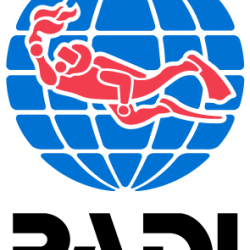
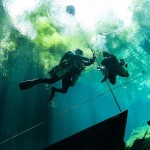
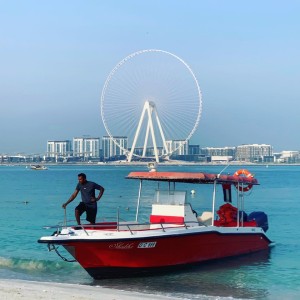
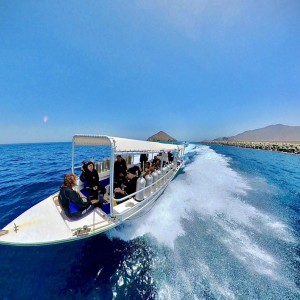
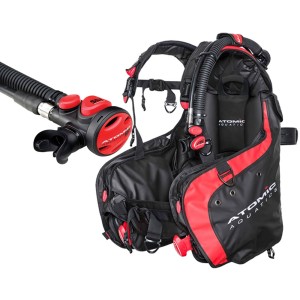
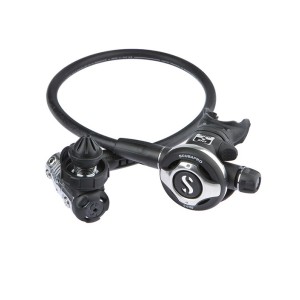
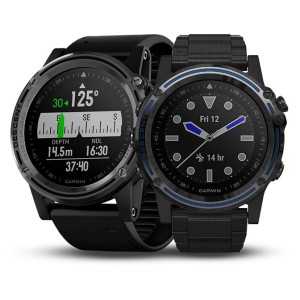
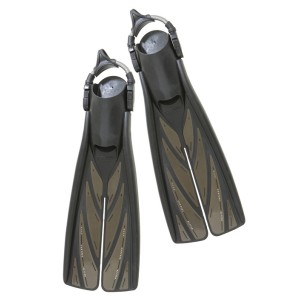
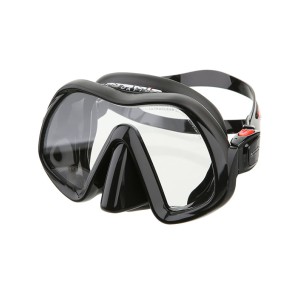
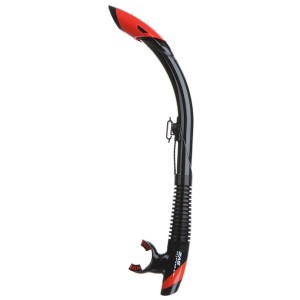
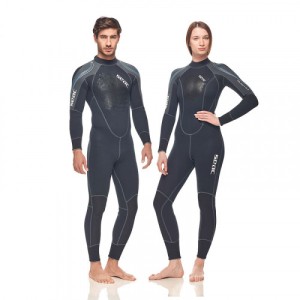
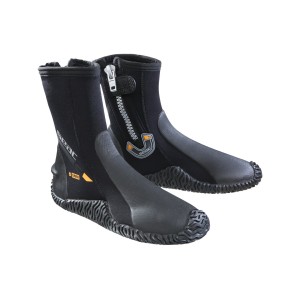
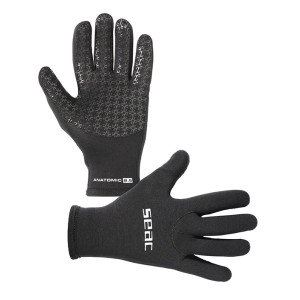
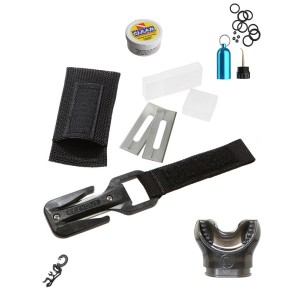
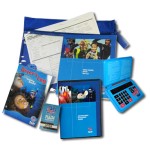
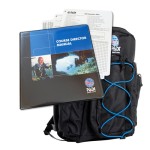



-870x812-250x250w.jpg)
-870x812-250x250w.jpg)
-870x812-250x250w.jpg)
-870x812-250x250w.jpg)
-870x812-250x250w.jpg)
-870x812-250x250w.jpg)
-870x812-250x250w.jpg)
-870x812-250x250w.jpg)
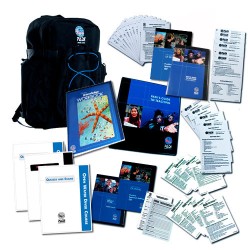
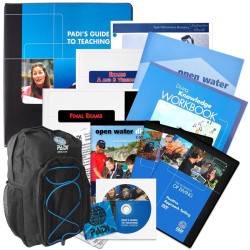
-870x812-250x250w.jpg)
-870x812-250x250w.jpg)
-870x812-250x250w.jpg)
-870x812-250x250w.jpg)
-870x812-250x250w.jpg)
-870x812-250x250w.jpg)
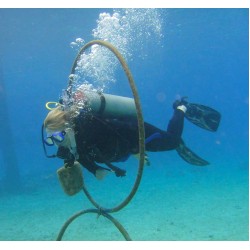
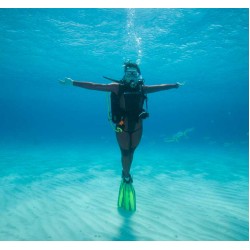
-870x812-250x250w.jpg)
-870x812-250x250w.jpg)
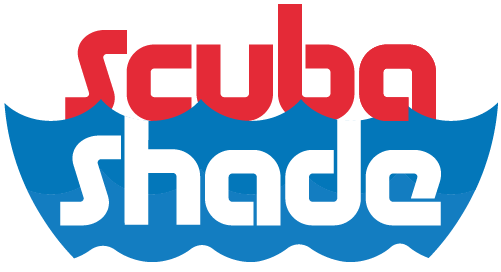
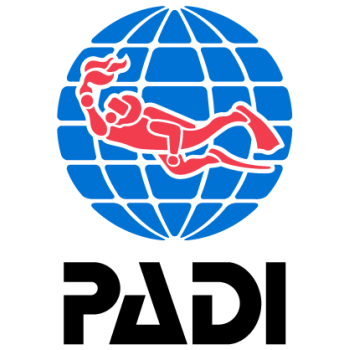
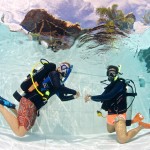
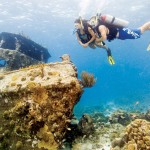
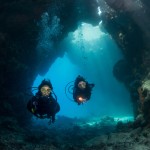
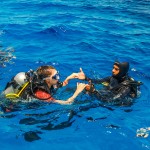

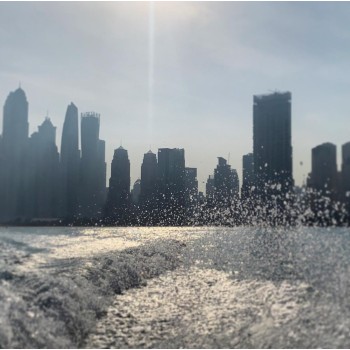
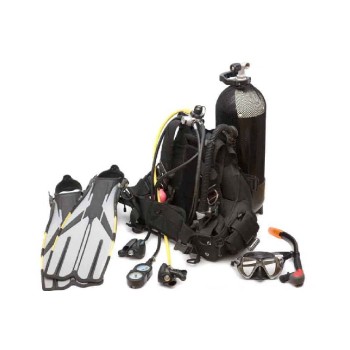
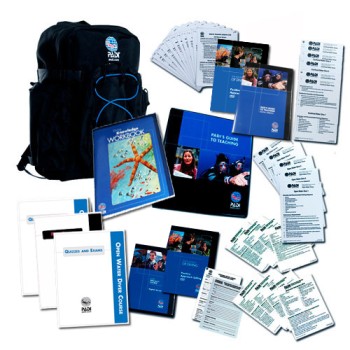
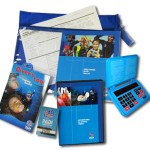
Leave a comment